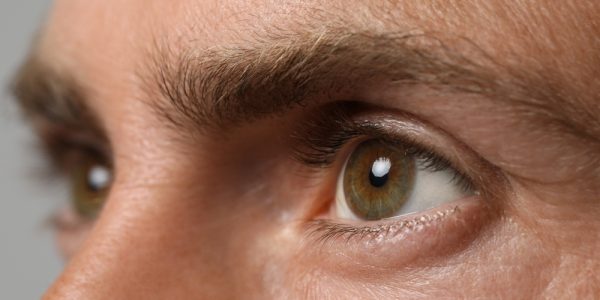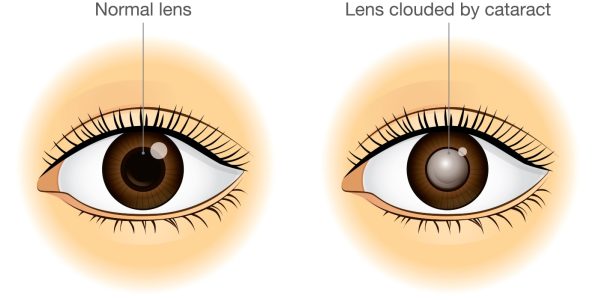
Your vision is an invaluable asset as it directly influences your quality of life. Unfortunately, vision tends to worsen with age and you become more susceptible to certain eye diseases. Below, trusted ophthalmologist and cornea specialist Mark Mandel, MD, discusses common eye diseases found in people age 40 and older.
Presbyopia
Presbyopia is the age-related loss of near (or reading) vision. As you age, the internal lenses of your eyes become less flexible and as a result have more difficulty switching focus from far to near objects. Presbyopia occurs gradually and most people do not notice its effects until age 40 or older.
Although presbyopia can be treated with reading glasses, advances in LASIK have made it possible to mitigate the effects of the age-related eye condition while correcting nearsightedness, farsightedness and astigmatism. One LASIK technique involves treating one eye so it can focus properly on far objects and the other to focus on near objects. This is called monovision. The two eyes work well together to see clearly at most distances.
Cataracts
Cataracts is a common eye condition among individuals age 60 and older. A cataract is the clouding of the eye’s natural lens. Over time, the proteins in the lens clump together, causing the lens to become cloudy. Age is the common cause of cataracts but other causes include genetics, certain medical problems like diabetes, eye injury, previous eye surgeries and UV damage.
The only way to remove a cataract is through surgical intervention. During surgery, the cataract is replaced with an artificial intraocular lens to restore clear vision. Today’s premium IOLs are more advanced than ever. In addition to restoring vision affected by cataracts, some lenses can also address some of the effects of presbyopia so patients can see well at distance and near as well as correct for astigmatism.
Glaucoma
Often referred to as the “silent thief of sight,” glaucoma is a set of eye disorders that gradually damage the optic nerve, which is responsible for carrying information from the eye to the brain. Although there is currently no cure for glaucoma, early detection and management of the condition can slow down its progression. Research shows that the risk of glaucoma increases with each decade after age 40.
Age-Related Macular Degeneration
Age-related macular degeneration (AMD) is the leading cause of vision loss among older Americans. AMD is a result of the deterioration of the macula, the part of the retina that is responsible for central vision and what allows you to read, recognize faces and other tasks that require an ability to see fine detail. As with glaucoma, there is no cure for AMD but treatment can slow down vision loss.
To learn how to preserve healthy vision as you get older, or to learn about cataract surgery and treatment of other eye conditions, schedule a consultation with Mark Mandel, MD, at one of his four office locations. Contact Optima Eye by emailing us or calling 510-886-3937 today.


